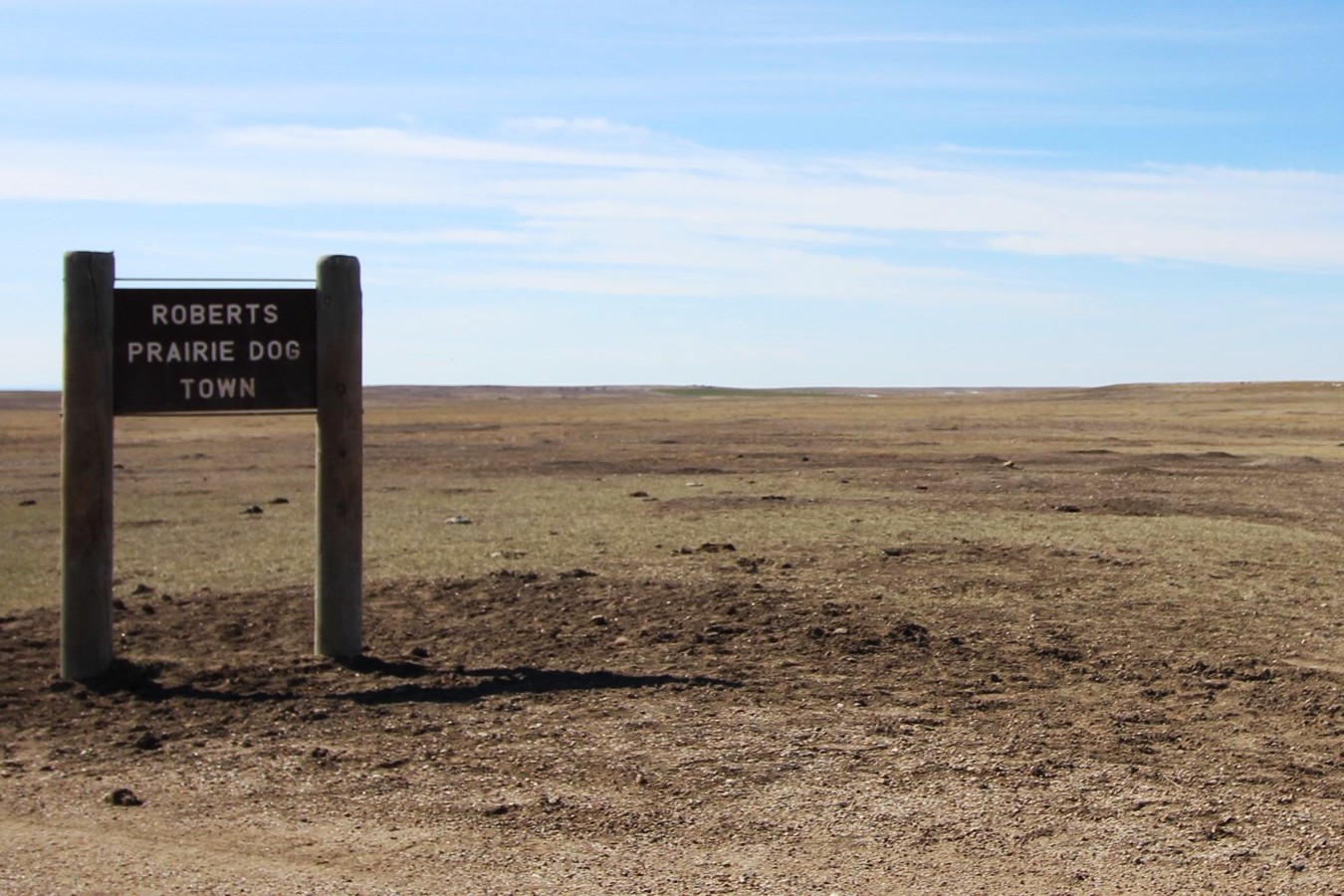Hidden Tales Of California’s Gold Rush Ghost Towns

Ever wondered what happened to the bustling towns of the California Gold Rush? Many of these once-thriving places are now ghost towns, offering a peek into the past. These abandoned settlements hold stories of fortune, hardship, and dreams left behind. Exploring them can feel like stepping into a time machine, where wooden buildings and rusty mining equipment tell tales of a bygone era. Whether you're a history buff or just love a good adventure, visiting these ghost towns can be a thrilling experience. Ready to uncover the secrets of California's Gold Rush ghost towns? Let's dive into their hidden tales!
California's Gold Rush Ghost Towns: A Journey Back in Time
California's Gold Rush era left behind more than just tales of fortune and adventure. Scattered across the state are ghost towns that once thrived with miners, merchants, and dreamers. These towns now stand as silent witnesses to a bygone era, offering a glimpse into the past. Let's explore some of these fascinating ghost towns.
Bodie: The Crown Jewel of Ghost Towns
Bodie is perhaps the most famous of California's ghost towns. Once a bustling hub of gold mining activity, it now stands frozen in time.
- Bodie State Historic Park: Bodie is preserved in a state of "arrested decay," meaning buildings are maintained but not restored. Visitors can wander through the town's streets, peeking into homes, saloons, and shops that look as if their occupants just stepped out.
Calico: The Silver Rush Town
Calico, unlike many other ghost towns, has been partially restored and turned into a tourist attraction. It offers a blend of history and entertainment.
- Calico Ghost Town: This town was once a booming silver mining town. Today, it features restored buildings, mine tours, and reenactments that bring the old west to life. It's a great spot for families and history buffs alike.
Rhyolite: The Short-Lived Boomtown
Rhyolite's story is one of rapid rise and fall. Founded in 1905, it quickly became one of the largest towns in the region, only to be abandoned by 1916.
- Rhyolite Ghost Town: Located near Death Valley, Rhyolite offers a hauntingly beautiful landscape. Key attractions include the Bottle House, constructed entirely from glass bottles, and the remains of the town's bank, school, and train depot.
Cerro Gordo: The Forgotten Silver Mine
Cerro Gordo, perched high in the Inyo Mountains, was once a bustling silver mine. Today, it stands as a testament to the rugged life of miners.
- Cerro Gordo Ghost Town: This remote town offers guided tours that take visitors through the remaining buildings, including the American Hotel and the old saloon. The views from Cerro Gordo are breathtaking, making the journey up the mountain well worth it.
Empire Mine: The Heart of Gold Country
Empire Mine, located in Grass Valley, was one of the oldest, largest, and richest gold mines in California.
- Empire Mine State Historic Park: Visitors can explore the mine's grounds, including the mine shaft, the owner's cottage, and the beautiful gardens. The park offers a glimpse into the lives of those who worked and lived in the area during the Gold Rush.
Malakoff Diggins: The Hydraulic Mining Marvel
Malakoff Diggins is known for its massive hydraulic mining operations, which left behind a unique and dramatic landscape.
- Malakoff Diggins State Historic Park: This park features the remnants of the mining town of North Bloomfield. Visitors can see the enormous pit created by hydraulic mining and explore the preserved buildings of the town.
North Bloomfield: The Hidden Gem
North Bloomfield, located within Malakoff Diggins State Historic Park, offers a quieter, less commercialized ghost town experience.
- North Bloomfield Ghost Town: This town provides a more intimate look at life during the Gold Rush. The preserved buildings, including the general store and schoolhouse, offer a peek into the daily lives of its former residents.
Columbia: The Living Ghost Town
Columbia is unique among ghost towns because it has been continuously inhabited since the Gold Rush era.
- Columbia State Historic Park: This park preserves the town's historic buildings and offers a range of activities, including stagecoach rides, gold panning, and blacksmith demonstrations. It's a living history museum where the past comes alive.
Conclusion
California's ghost towns are more than just abandoned buildings; they are windows into the past. Each town has its own unique story, waiting to be discovered by those willing to step back in time. Whether you're a history enthusiast or just looking for a unique adventure, these ghost towns offer a fascinating journey into California's Gold Rush era.
The Enduring Allure of California's Ghost Towns
California's Gold Rush ghost towns offer a unique glimpse into the past. These towns, once bustling with miners and fortune seekers, now stand as silent witnesses to a bygone era. Exploring places like Bodie, Calico, and Columbia brings history to life, letting visitors walk the same streets as those who chased dreams of gold. Each town has its own story, filled with tales of hardship, hope, and sometimes heartbreak. Visiting these ghost towns isn't just about seeing old buildings; it's about connecting with the spirit of adventure that defined the Gold Rush. Whether you're a history buff, a curious traveler, or someone looking for a unique experience, California's ghost towns have something to offer. So pack your bags, hit the road, and let the echoes of the past guide your journey.

